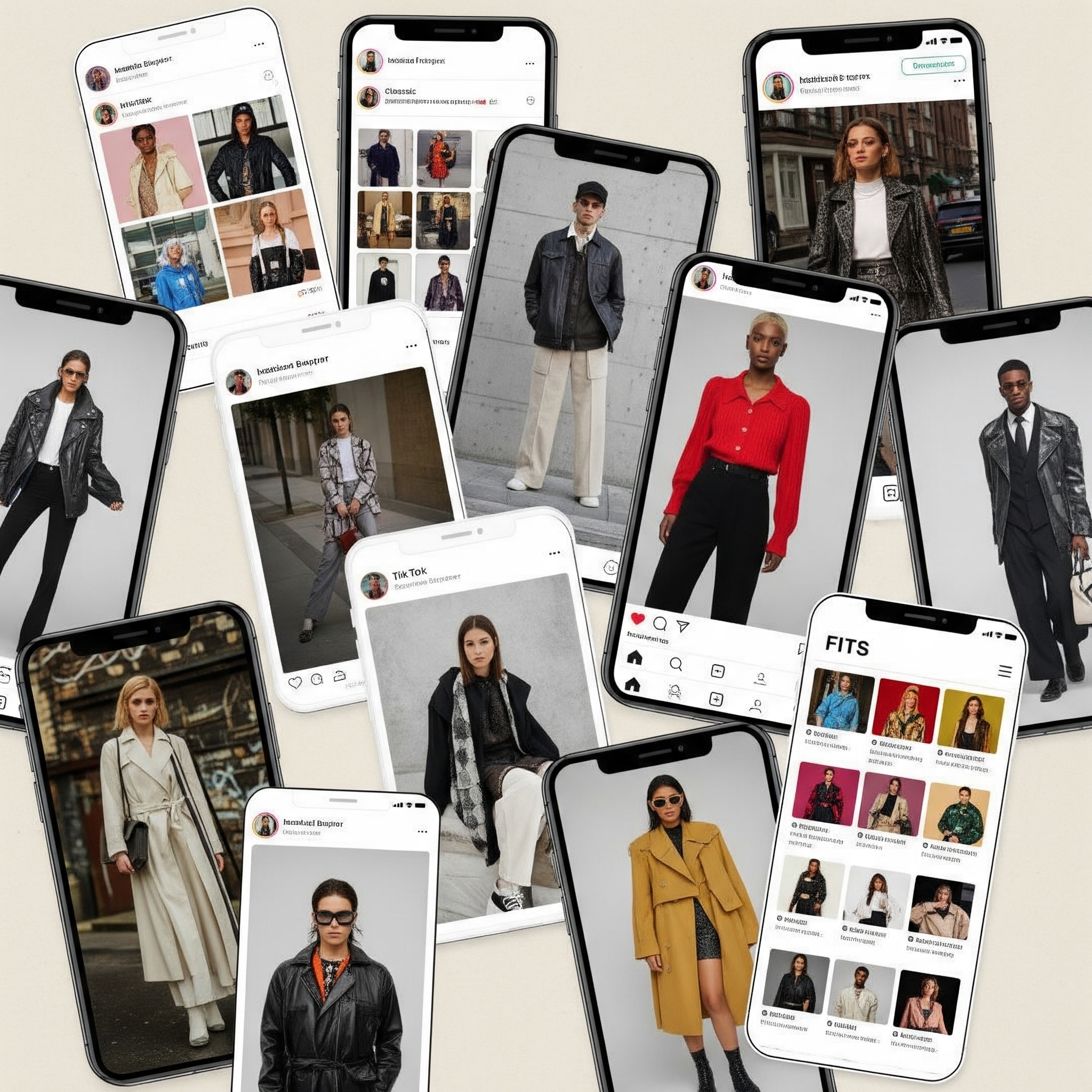In a world increasingly driven by screens, social media has become the ultimate digital runway, democratizing fashion and transforming its landscape in ways unimaginable just a decade ago. Gone are the days when fashion trends were dictated solely by elite designers and glossy magazines. Now, a scroll through Instagram, TikTok, or Pinterest reveals a vibrant, unfiltered, and often unexpected tapestry of style, driven by everyone from mega-influencers to everyday fashion enthusiasts.
The most immediate impact is the accelerated trend cycle. What once took months to filter from catwalks to high street stores now spreads globally in mere days, sometimes hours. A celebrity’s outfit on Instagram, a TikTok dance craze, or a viral aesthetic on Pinterest can instantly ignite a micro-trend, sending brands scrambling to keep up. This rapid dissemination means fashion is more immediate, more diverse, and often more ephemeral than ever before.
Influencer marketing has emerged as a powerhouse, replacing traditional advertising models. Fashion bloggers and content creators, with their authentic voices and relatable styles, have cultivated massive, loyal followings. Their outfit-of-the-day posts, hauls, and styling tips directly influence purchasing decisions, proving that real people showcasing real clothes can be more persuasive than polished campaigns. Brands now invest heavily in collaborations with these digital tastemakers, understanding their unparalleled reach and engagement.
Furthermore, social media has fostered unprecedented community and personalization within fashion. Niche aesthetics, like “cottagecore” or “dark academia,” find their dedicated followers on platforms like TikTok and Pinterest, allowing individuals to connect over shared stylistic preferences. People can discover new brands, share styling advice, and even participate in global fashion challenges, fostering a sense of belonging and creativity that transcends geographical boundaries. It’s no longer about following rigid rules; it’s about finding your tribe and celebrating diverse interpretations of style.
However, this digital dominance isn’t without its challenges. The constant bombardment of new trends can fuel overconsumption and the negative environmental impacts of fast fashion. There’s also the pressure to present a curated, often unrealistic, version of oneself online, potentially leading to comparisons and dissatisfaction. Despite these drawbacks, the influence of social media on fashion is undeniable. It has made fashion more accessible, more interactive, and undeniably more exciting, solidifying its position as a dynamic force shaping how we perceive, consume, and express through clothing.


Leave a Comment
Your email address will not be published. Required fields are marked *